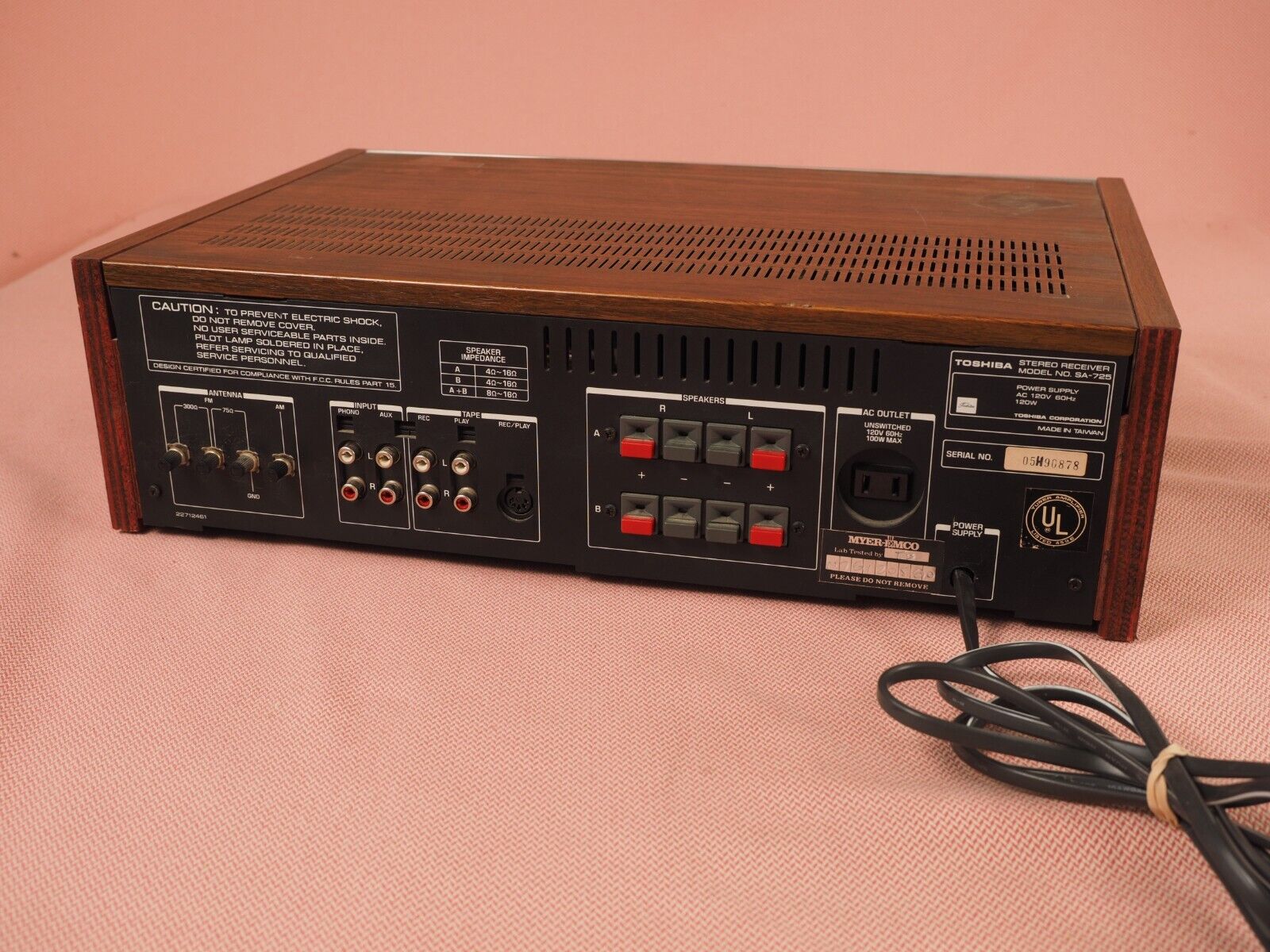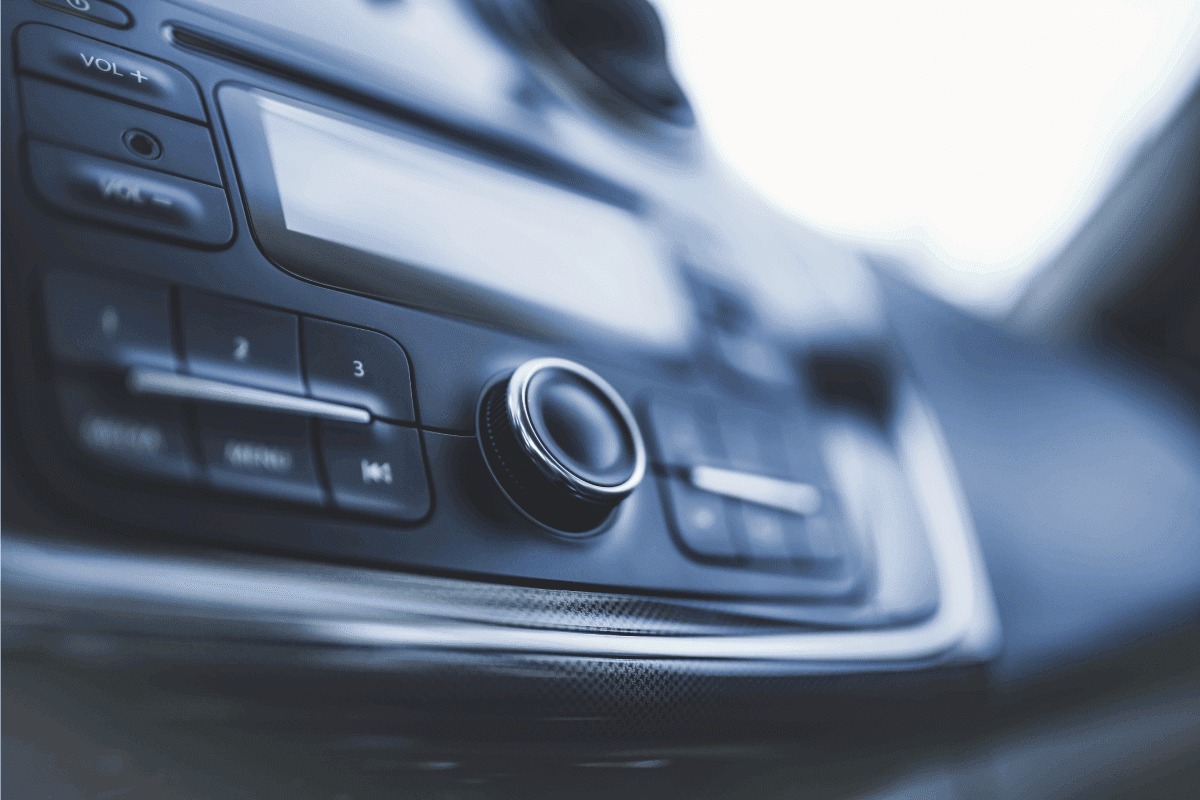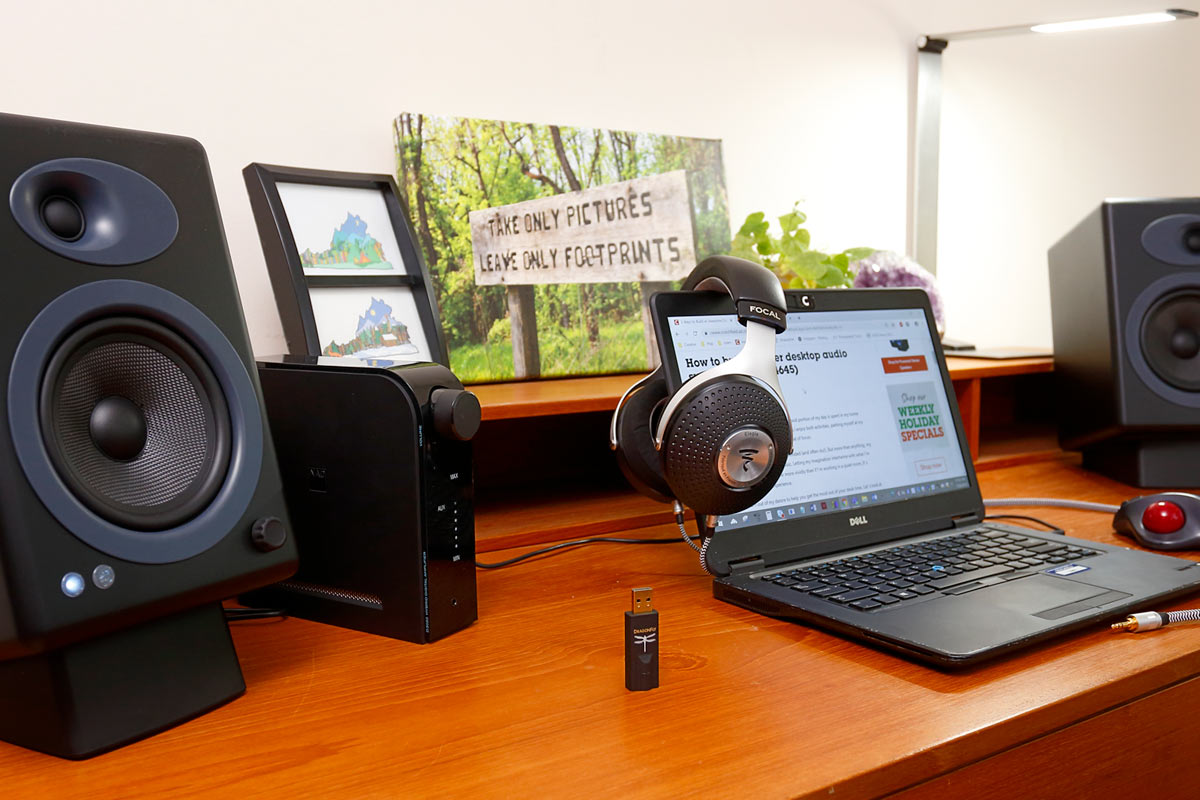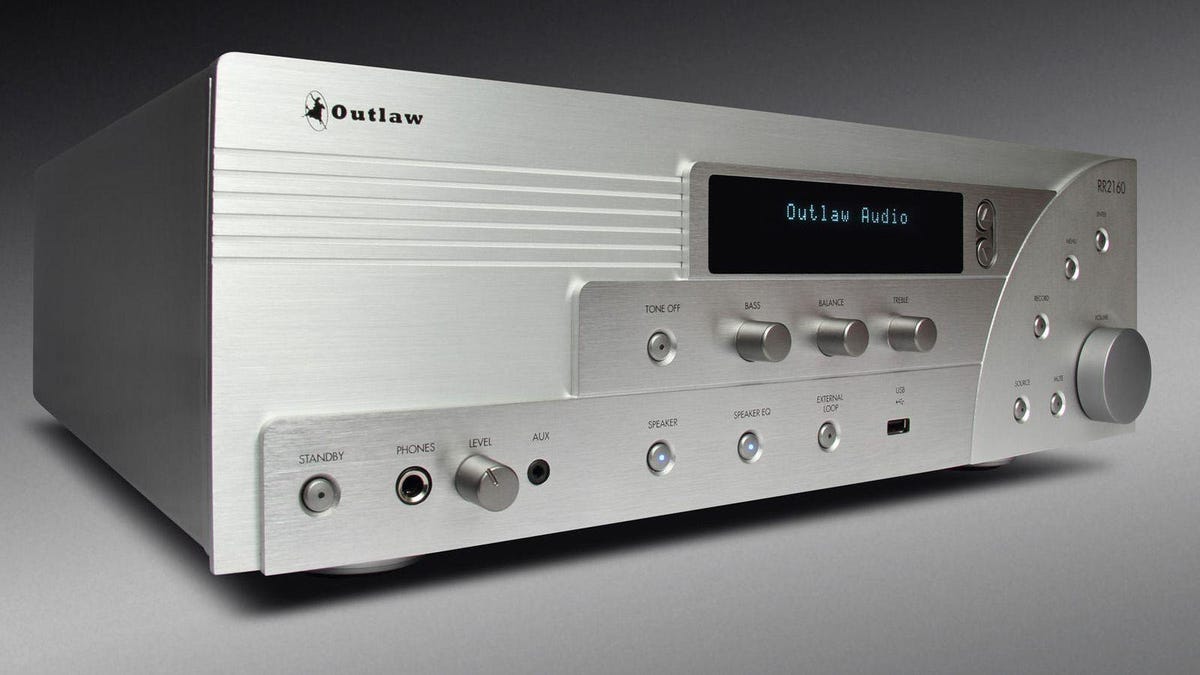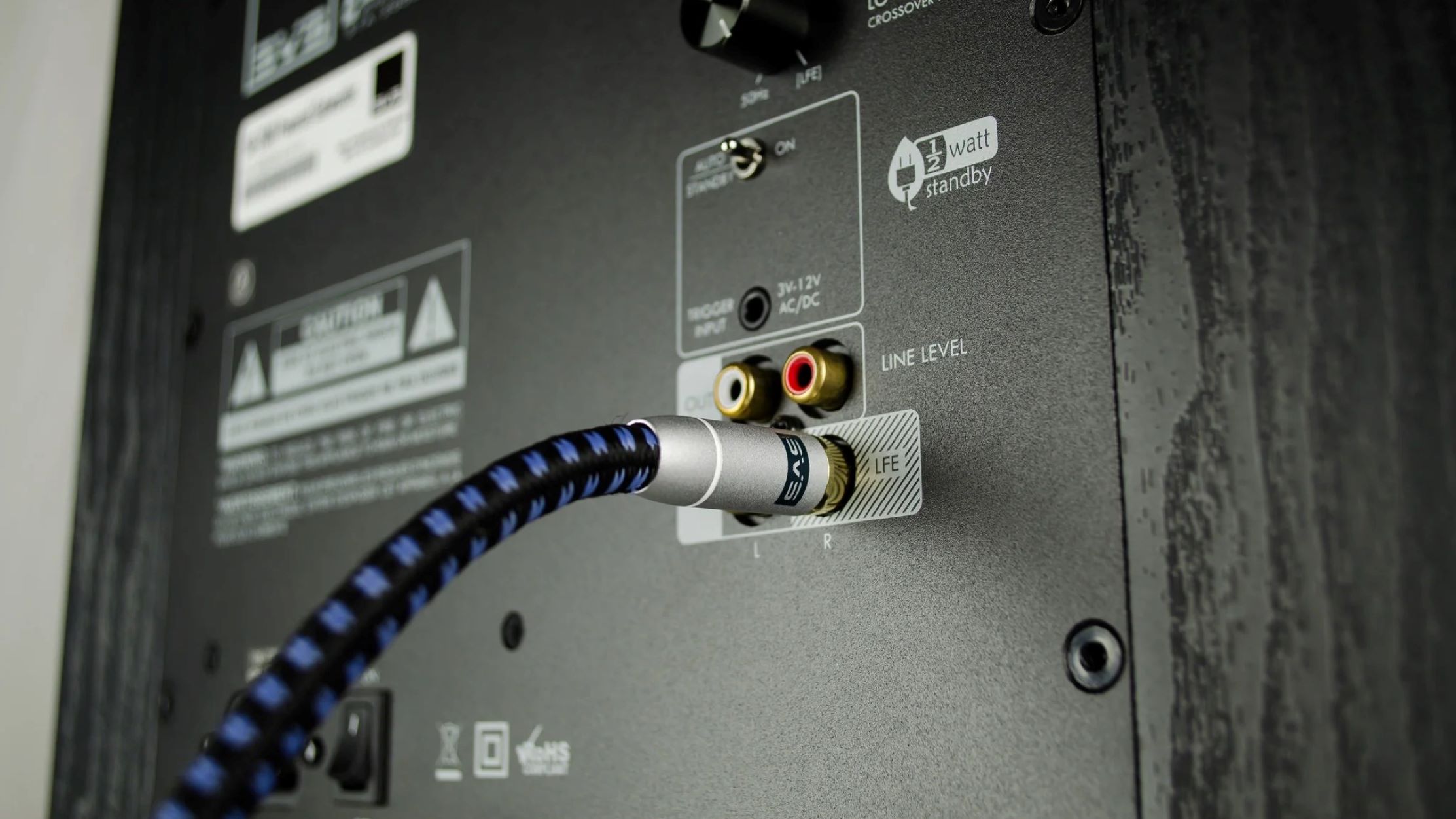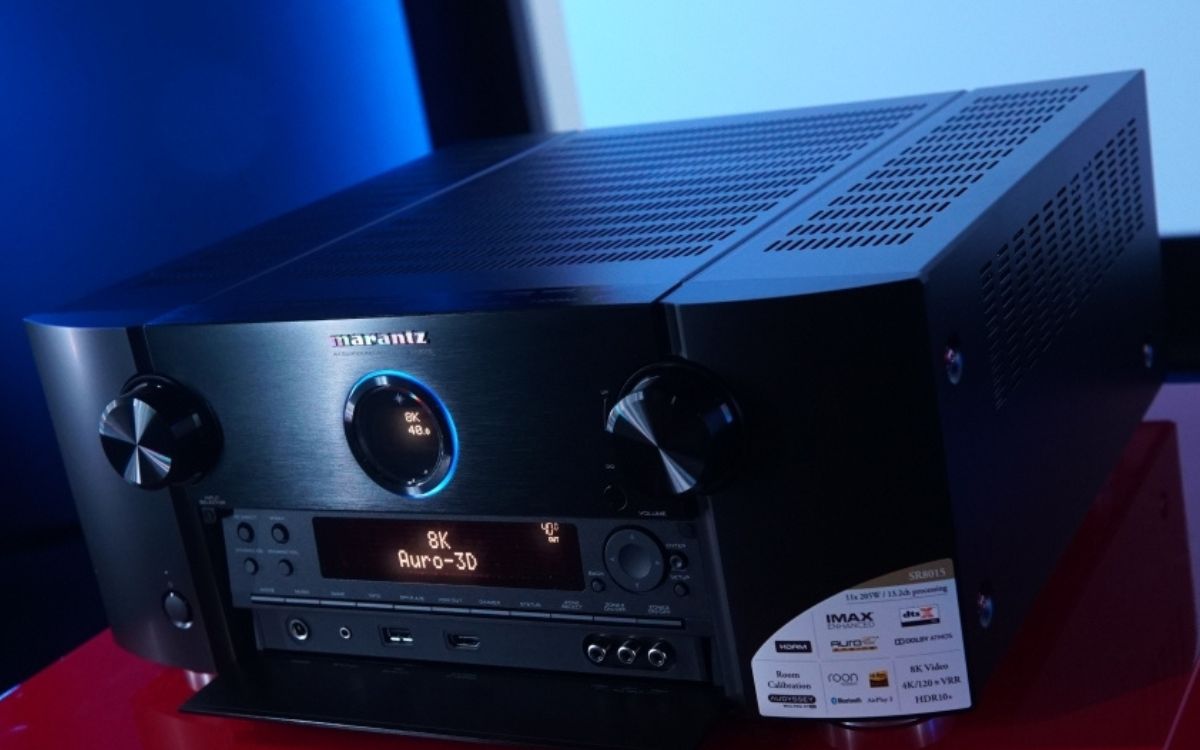Home>Production & Technology>Stereo>How Do I Add Wattage To My Stereo Receiver


Stereo
How Do I Add Wattage To My Stereo Receiver
Modified: February 18, 2024
Learn how to increase the wattage on your stereo receiver to enhance your audio experience. Discover expert tips and techniques to boost the power of your stereo system.
(Many of the links in this article redirect to a specific reviewed product. Your purchase of these products through affiliate links helps to generate commission for AudioLover.com, at no extra cost. Learn more)
Table of Contents
Introduction
When it comes to audio equipment, a stereo receiver is an essential component for delivering high-quality sound. However, you may find that the wattage of your current stereo receiver is not meeting your desired level of amplification. Fortunately, there are options available to upgrade and add wattage to your stereo receiver, allowing you to enjoy a more powerful and immersive audio experience.
In this article, we will explore the concept of wattage in stereo receivers, factors to consider before increasing wattage, and various methods you can employ to add wattage to your existing setup. Whether you’re a music enthusiast, a home theater aficionado, or simply looking to improve the sound quality in your entertainment system, this guide will provide you with the information you need to make an informed decision.
Before we delve into the options available for boosting wattage, it’s important to have a solid understanding of how wattage relates to audio performance.
Ready to take your audio experience to the next level? Let’s get started!
Understanding the Wattage of Stereo Receivers
Wattage is a metric used to measure the power output of a stereo receiver. It represents how much electrical energy the receiver can convert into sound energy. The higher the wattage, the louder and more powerful the audio output can be.
However, it’s important to note that wattage alone does not determine the overall sound quality. Other factors like speaker efficiency, amplifier design, and speaker impedance also play significant roles in delivering clear and distortion-free sound.
When it comes to wattage, there are two key specifications to consider:
- RMS (Root Mean Square) Wattage: This refers to the continuous power output that a receiver can sustain over extended periods without distortion.
- Peak Wattage: This represents the maximum power output a receiver can deliver for short bursts, typically during intense musical passages or action-packed movie scenes.
It’s worth noting that some manufacturers may advertise their receivers’ peak wattage as a marketing tactic. However, for everyday listening, RMS wattage is the more important measure to consider.
Additionally, the wattage requirements will vary depending on the size of your listening room or home theater setup. A larger space may require a receiver with higher wattage to fill the room with sound effectively, while a smaller room may not necessitate as much power.
Now that we have a good understanding of wattage and its significance in stereo receivers, let’s explore the factors you should consider before adding wattage to your existing setup.
Factors to Consider Before Adding Wattage
Before making any changes or upgrades to your stereo system, it’s essential to consider a few factors to ensure that adding wattage is the right decision for you. Here are some key factors to keep in mind:
- Listening Preferences: Think about the type of content you usually consume and your listening preferences. Are you a casual listener who enjoys background music, or do you prefer a more immersive experience with high-volume levels? Understanding your preferences will help you determine if increasing wattage is necessary.
- Speaker Compatibility: Check the compatibility and power handling capabilities of your current speakers. Adding higher wattage to your stereo receiver won’t make a significant difference if your speakers cannot handle the increased power. Make sure your speakers can handle the additional wattage without risking damage or distortion.
- Room Size: Consider the size of the room where your stereo system is set up. Larger rooms often require more wattage to effectively fill the space with sound. Smaller rooms may not require as much power. Keep in mind that adding more wattage than necessary in a small room could result in overpowering and muddying the sound.
- Budget: Adding wattage to your stereo system can be done through various methods, some of which may require a financial investment. Consider your budget and determine how much you are willing to spend on upgrading or expanding your system.
- Future Proofing: Think about your future audio goals. Are you planning to expand your system or upgrade other components, such as speakers or source devices? Consider if the additional wattage will be sufficient for your future needs or if you may need to make further upgrades down the line.
By carefully considering these factors, you can make an informed decision about whether adding wattage to your stereo receiver is the right choice for you. Once you have evaluated these considerations, we can explore the options available to increase the wattage of your stereo receiver.
Options for Increasing Wattage
So, you’ve decided that adding wattage to your stereo receiver is the way to go. Now, let’s explore the various options you have for increasing the power output. Here are three common methods:
- Method 1: Upgrading the Power Supply: One of the simplest ways to increase wattage is by upgrading the power supply of your stereo receiver. A more robust power supply can provide the receiver with a higher current, allowing it to deliver more power to your speakers. Consult the manufacturer’s specifications and consider contacting a professional technician to ensure compatibility and proper installation.
- Method 2: Using an External Power Amplifier: Another option is to connect an external power amplifier to your stereo receiver. This setup involves connecting the amplifier to the receiver’s preamp outputs or using a line-level connection. The power amplifier will handle the amplification process, providing additional wattage to your speakers. This method allows for greater flexibility in choosing an amplifier with the desired wattage and matching it with your existing equipment.
- Method 3: Adding Additional Stereo Receivers: For those seeking a more advanced setup, you can add additional stereo receivers to your system and configure them as separate power amps. This method is known as bi-amping or tri-amping, depending on the number of receivers used. Each receiver can power a specific frequency range, allowing for increased wattage and improved overall sound quality. Keep in mind that this option requires careful calibration and may involve more complex wiring.
It’s important to note that each method has its pros and cons, and the optimal choice will depend on your specific requirements and preferences. It’s recommended to consult with audio professionals or enthusiasts to determine the best option for your setup.
Now that we’ve explored the options for increasing wattage, let’s take a closer look at the pros and cons of adding more power to your stereo receiver.
Method 1: Upgrading the Power Supply
Upgrading the power supply of your stereo receiver is a straightforward method to increase the wattage output. By providing a more robust and capable power supply, you can ensure that your receiver has the necessary electrical energy to deliver higher power to your speakers.
Before attempting to upgrade the power supply, it’s important to consult the manufacturer’s specifications and determine if it is possible and recommended for your specific stereo receiver model. In some cases, the power supply may not be user-upgradable or may require professional installation.
Here are a few steps to consider when upgrading the power supply:
- Research and Compatibility: Start by researching compatible power supplies for your stereo receiver. Look for manufacturers or authorized dealers that offer high-quality power supplies designed specifically for your make and model.
- Power Rating: Pay attention to the power rating of the new power supply. Ensure that it can deliver a higher wattage output compared to your current power supply. However, it’s important to note that the wattage increase may still be limited by the overall design and capabilities of the receiver itself.
- Installation: Follow the manufacturer’s guidelines and instructions for installation. If you are unsure or uncomfortable with the process, it is recommended to seek professional assistance. Improper installation may result in damage to your equipment or even personal injury.
- Testing and Fine-tuning: Once the new power supply is installed, carefully test and evaluate the impact on sound quality and wattage output. Make any necessary adjustments to optimize the performance of your system.
Upgrading the power supply can be an effective way to add wattage to your stereo receiver. However, it is important to consider the cost, compatibility, and potential risks before proceeding. Additionally, keep in mind that upgrading the power supply alone may not significantly improve sound quality if other factors, such as speaker compatibility, are limiting factors.
Now that we’ve covered upgrading the power supply, let’s move on to the next method: using an external power amplifier.
Method 2: Using an External Power Amplifier
If you’re looking to increase the wattage of your stereo receiver, using an external power amplifier is a viable option. This method involves connecting a separate power amplifier to your receiver, allowing it to handle the amplification process and deliver additional power to your speakers.
Here’s a step-by-step guide on how to use an external power amplifier:
- Choose the Right Power Amplifier: Research and select a power amplifier that meets your wattage requirements and matches the impedance rating of your speakers. Make sure it has the necessary input connections, such as RCA or XLR, to connect to your receiver.
- Connect the Power Amplifier to Your Receiver: Using appropriate audio cables, connect the preamp outputs of your stereo receiver to the corresponding inputs on the power amplifier. Ensure a secure and proper connection to avoid any signal loss or interference.
- Configure Your System: Depending on your receiver, you may need to change some settings in the setup menu to designate the connected power amplifier as the primary amplification source. Consult your receiver’s manual for specific instructions on configuring the system for external amplification.
- Calibration and Fine-tuning: Once the power amplifier is connected and configured, it’s important to calibrate the system and make any necessary adjustments. This may involve balancing the volume levels and setting the appropriate gain levels on the power amplifier for optimal performance.
The use of an external power amplifier offers several advantages. Firstly, it allows you to choose a power amplifier with the desired wattage and match it specifically to your speakers or listening preferences. This flexibility can result in improved sound quality and a more customized audio experience.
However, it’s worth noting that using an external power amplifier increases the complexity of your setup and requires additional space and cables. Additionally, the cost of a high-quality power amplifier can be a significant investment. It’s important to consider these factors before deciding to go down this path.
Now that we’ve covered using an external power amplifier, let’s explore another method: adding additional stereo receivers to bi-amp or tri-amp your system.
Method 3: Adding Additional Stereo Receivers
If you’re looking to take your audio system to the next level, adding additional stereo receivers and configuring them as separate power amplifiers can be a powerful option. This method, known as bi-amping or tri-amping, allows you to divide the frequency spectrum and assign a dedicated amplifier to handle each range.
Here’s a step-by-step guide on how to add additional stereo receivers to your setup:
- Choose Compatible Stereo Receivers: Select additional stereo receivers that are compatible with your existing setup in terms of connectivity, power output, and the number of channels required.
- Wire the Additional Receivers: Connect the preamp outputs of your main stereo receiver to the corresponding inputs on the additional receivers. Ensure that the wiring is secure and that the connections are properly made to avoid any signal loss or interference.
- Assign Frequency Ranges: Determine how you want to divide the frequency spectrum among the amplifiers. For bi-amping, you can assign one amplifier to handle the low frequencies (bass) and the other to handle the high frequencies (midrange and treble). For tri-amping, you can assign one amplifier for bass, one for midrange, and one for treble.
- Calibration and Fine-tuning: Adjust the gain levels, volume balancing, and crossover settings on each amplifier to ensure a seamless transition between the frequency ranges and achieve optimal performance.
By adding additional stereo receivers and splitting the amplification duties across multiple channels, you can achieve increased wattage and improved control over different frequency ranges. This setup can provide enhanced clarity, detail, and separation in the audio reproduction.
However, it’s important to note that bi-amping or tri-amping requires careful calibration and may involve more complex wiring. Additionally, this method can be more costly and requires additional space to accommodate the extra receivers. It’s recommended to seek guidance from audio professionals or enthusiasts to ensure proper setup and configuration.
Now that we’ve explored the methods for increasing wattage, let’s move on to examining the pros and cons of adding more power to your stereo receiver.
Pros and Cons of Increasing Wattage
Increasing the wattage of your stereo receiver offers several benefits, but it’s important to consider both the advantages and disadvantages before making any changes. Here are the pros and cons of adding more power to your system:
Pros:
- Greater Headroom: With higher wattage, your stereo receiver can handle dynamic peaks in audio tracks more efficiently, resulting in greater headroom and improved clarity.
- Increased Volume: Higher wattage allows you to achieve louder volume levels without significantly impacting sound quality, perfect for larger listening spaces or those who enjoy high-energy, immersive listening experiences.
- Improved Dynamics: Additional wattage can enhance the dynamic range of your audio, emphasizing both the soft and powerful moments in the music or movie soundtrack.
- Enhanced Speaker Control: More power means better control over your speakers, resulting in tighter bass response and improved overall audio accuracy.
- Potential for Future Expansion: Adding wattage now may provide headroom for future upgrades, allowing you to add more demanding speakers or expand your audio system without the need for further investment.
Cons:
- Higher Cost: Increasing the wattage of your stereo receiver may require investing in new equipment, such as power supplies, amplifiers, or additional receivers, which can be a financial consideration.
- Complexity: Some methods for adding wattage, such as using external amplifiers or multiple receivers, can introduce complexity to your setup, requiring additional wiring, configuration, and calibration.
- Potential Compatibility Issues: It’s important to ensure that any added components, such as power supplies, amplifiers, or additional receivers, are compatible with your existing system to avoid any technical issues or limitations.
- Increase in System Size: Adding more power to your system may result in the need for additional space to accommodate new equipment, especially if you opt for bi-amping or tri-amping.
- Diminishing Returns: Adding more wattage may not always translate to a significant improvement in sound quality, especially if other factors like speaker quality or room acoustics are limiting factors.
Considering these pros and cons will help you make an informed decision about whether increasing wattage is the right choice for your audio system. It’s recommended to assess your specific needs and consult with audio professionals or enthusiasts for personalized guidance.
Now, let’s wrap up our discussion and conclude the article.
Conclusion
Increasing the wattage of your stereo receiver can be a fantastic way to enhance your audio experience, whether you’re a music lover or a home theater enthusiast. Throughout this article, we’ve explored the concept of wattage in stereo receivers, discussed various methods for adding wattage, and examined the pros and cons of increasing power output.
Before embarking on any changes to your system, it’s essential to assess your listening preferences, consider the compatibility of your speakers, evaluate the size of your room, and determine your budget. These factors will help you make an informed decision about the best method of adding wattage to your stereo receiver.
Upgrading the power supply, using an external power amplifier, or adding additional stereo receivers are the three primary methods to consider. Each method has its own advantages and trade-offs, so take the time to research and weigh the pros and cons based on your specific needs.
Remember, adding more wattage isn’t always the ultimate solution to achieve better sound quality. It’s important to ensure that your speakers, room acoustics, and other components are properly matched and optimized for optimal performance.
Lastly, don’t hesitate to seek guidance from audio professionals or enthusiasts who can provide personalized advice based on their expertise and experience. They can help you navigate the technical aspects and make the right decisions for your audio setup.
Whether you choose to upgrade the power supply, use an external amplifier, or add more receivers, increasing the wattage of your stereo receiver can bring new life to your audio system, delivering more power and immersion to your favorite music and movies. So, go ahead and take your audio experience to the next level!

